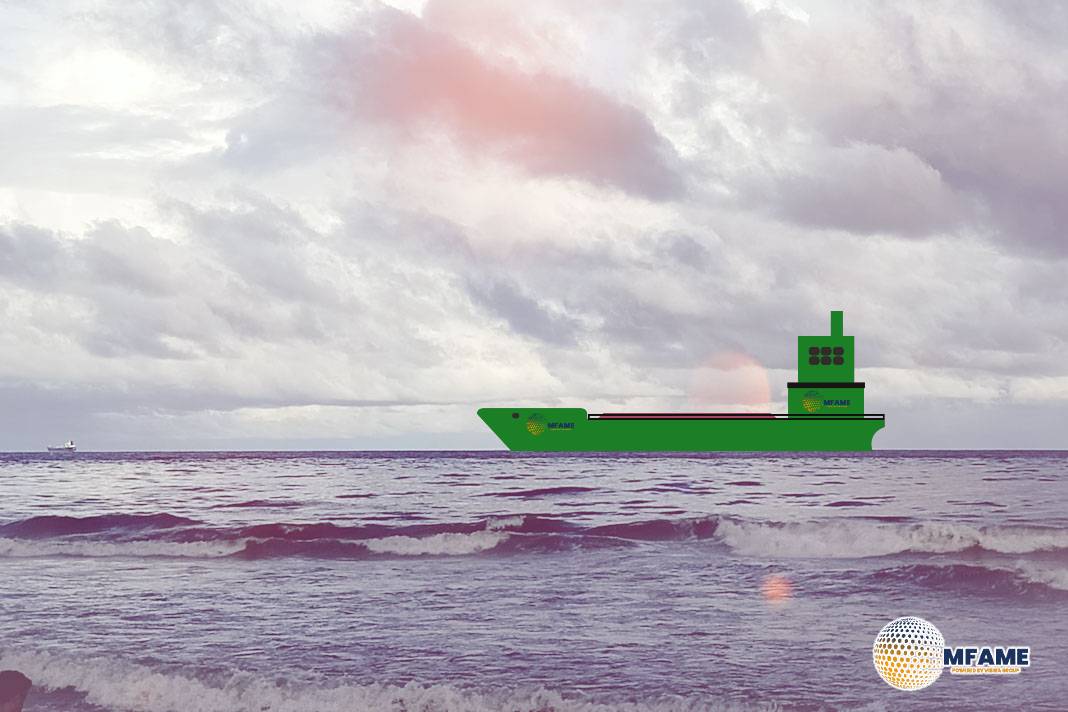The Swedish Club’s Casebook highlights a notable incident involving soya beans that self-ignited after several months at anchor. This case underscores the hidden risks of organic bulk cargoes when proper monitoring and ventilation are lacking.
Incident
A bulk carrier loaded with soya beans had been anchored for several months awaiting berthing orders. During this extended anchorage period, the cargo began to spontaneously combust. The ship’s crew noticed signs of smoke emanating from the cargo hold, prompting an immediate emergency response. Firefighting efforts were initiated onboard, but the fire’s intensity and location made it difficult to control. Fortunately, no injuries were reported, and the fire was eventually extinguished with external assistance. However, significant cargo damage occurred, resulting in considerable financial loss and operational delays.
Cause
The primary cause of the incident was the self-heating and spontaneous combustion of the soya bean cargo. Prolonged storage under inadequate ventilation and elevated moisture content contributed to microbial activity within the cargo. This microbial decomposition generated heat, which accumulated over time since the cargo hold was sealed and stagnant during the months at anchor. Without adequate temperature monitoring or cargo condition checks, the heat build-up went unnoticed until it reached ignition point. The lack of periodic cargo inspections and the extended anchorage period created ideal conditions for the soya beans to self-ignite.
Lessons Learned
This case highlights the critical importance of proper cargo monitoring, especially when dealing with organic bulk commodities prone to self-heating. Key lessons include:
- Regular Temperature Monitoring: Frequent checks of cargo temperature during loading, transit, and anchorage can detect early signs of self-heating and prevent fires.
- Adequate Ventilation: Ensuring sufficient airflow through the cargo hold reduces heat accumulation and moisture build-up.
- Limiting Anchorage Time: Minimizing delays and avoiding prolonged anchorage periods with perishable or combustible cargo reduces risk.
- Routine Cargo Inspections: Regular inspections and sampling during extended stays can identify cargo deterioration or hotspots early.
- Emergency Preparedness: Crew training in early detection and firefighting of cargo fires is essential for minimizing damage.
By implementing these measures, ship operators can reduce the risk of spontaneous combustion incidents and safeguard crew safety, cargo integrity, and vessel operations.
Did you subscribe to our daily Newsletter?
It’s Free Click here to Subscribe!
Source: Swedish Club
























